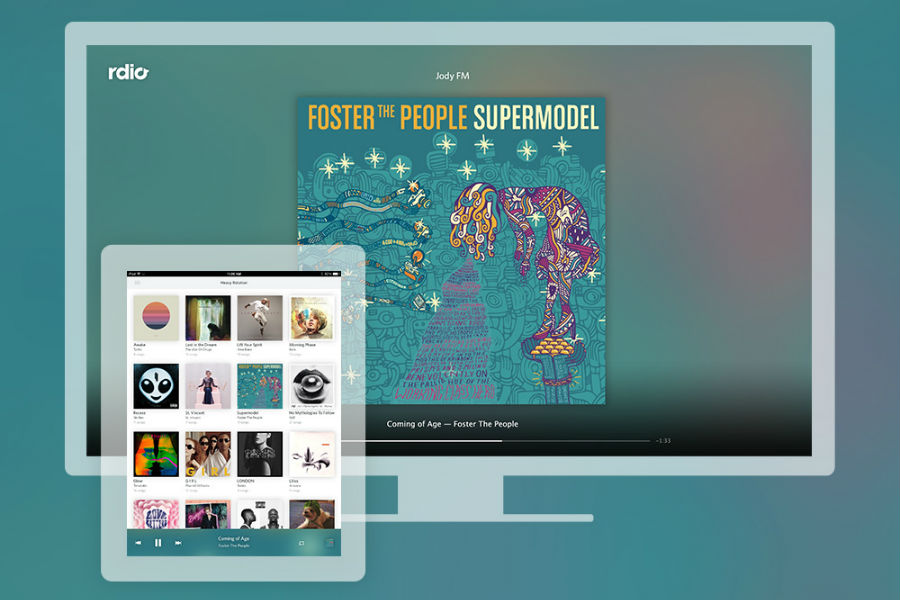
If you subscribe to Rdio’s streaming music service or purchase videos from Vudu, you’ll be pleased to know that Chromecast support has arrived.
But even if you don’t use either of those services, the new arrivals are good news: Rdio and Vudu are the first two Chromecast apps to compete directly with Google services. It’s a sign that Google’s relatively new — and apparently successful — streaming TV dongle won’t discriminate against competing music and video offerings.
Vudu is an a la carte video service, letting you purchase or rent individual movies for streaming. That puts it in direct competition with Google Play Movies, Google’s own video service.
Likewise, Rdio is a $10 per month subscription service that offers on-demand access to a huge library of music. It competes directly with Google Play Music All Access, which also costs $10 per month.
While other streaming music and video apps had been available on Chromecast already, none of them are quite like Google’s offerings. Netflix and Hulu Plus are subscription-based video services, and HBO Go only works if you already get the channel through your regular TV provider. Pandora and Songza are mainly ad-supported, and they don’t let you choose exactly which song or album you want to hear.
Chromecast isn’t the only media streamer that welcomes competing services. Microsoft’s Xbox 360 has several video apps that rival its own Xbox Video store, and Rhapsody’s Xbox 360 app is a direct competitor to Xbox Music. The PlayStation 3 has apps for Vudu and Amazon Video, which compete with Sony’s own video offerings. Apple TV is a bit less friendly to the competition, as iTunes is your only option for a la carte video and streaming music on the device itself, but you can still access competing services via AirPlay on an iPhone or iPad. Even Amazon will reportedly include streaming video rivals Netflix and Hulu on its rumored TV device. Thankfully, Chromecast is not an exception to the rule.
The difference is that those other devices still give top billing to their own services, and make it easy to purchase music or video without entering more billing information. That’s not exactly the case with Chromecast, where everything’s controlled through apps on your phone, tablet or computer. Without a traditional interface on the television, Google has no way to promote its own services over all the other apps that Chromecast supports. The only exception is on Android devices, where Google can hawk its music and video services through the Google Play Store.
This makes me wonder about the business model for Chromecast, since there can’t be much profit in the $35 hardware itself. Perhaps Google is just happy to have one way to bring Google Play services into the living room, even if there’s not much pressure on users to take advantage. Or maybe we’ll see users’ data spun back into Google’s ad business somehow. Whatever the case, Google is just trying to get as many people to use Chromecast as possible for now, and that means letting competing services come along for the ride.
More Must-Reads from TIME
- Why Trump’s Message Worked on Latino Men
- What Trump’s Win Could Mean for Housing
- The 100 Must-Read Books of 2024
- Sleep Doctors Share the 1 Tip That’s Changed Their Lives
- Column: Let’s Bring Back Romance
- What It’s Like to Have Long COVID As a Kid
- FX’s Say Nothing Is the Must-Watch Political Thriller of 2024
- Merle Bombardieri Is Helping People Make the Baby Decision
Contact us at letters@time.com